“Towards Semiconductor Topological Photonics” by Prof. Xiao HU on Monday, January 12, 2026, 2:00pm CYM522, HKU

Transforming the concept of band topology fostered in electron systems to electromagnetic waves opens a completely new direction for harnessing propagation of light. It is observed that electromagnetic modes in honeycomb photonic crystals exhibit Dirac-type frequency dispersions, which are accompanied by emergent spin degree of freedom, and that deforming the honeycomb structure in a designed way gives birth to a photonic analogue of quantum spin Hall effect. In this talk I will first show that the main physics can be captured phenomenologically by the k∙p theory, and discuss that the photonic topology can be characterized in terms of the Wilson loops based on the C_2 T symmetry. Then I will introduce examples to demonstrate how the recipe can be exploited for harnessing light and deriving advanced optic properties.
CTCP Seminar: “Impurity screening by defect in a spin-1 chain” by Prof. Hong-hao Tu on Friday, December 19, 2025, 4:00pm CYM522, HKU

In this talk, I will present a new mechanism of impurity screening in quantum critical chains, where topological defect lines of the underlying conformal field theory provide the screening channels. This leads to exotic boundary states that go beyond Cardy’s types. As an example, we demonstrate impurity screening by defect in a spin-1 chain described by the SU(3)_1 WZW model, with numerical results for the spectrum and Affleck-Ludwig entropy matching the theoretical predictions.
CTCP Seminar: “Torsional Hall Viscosity of Massive Chern Insulators” by Dr. Weizhen JIA on Wednesday, November 26, 2025, 4:00pm Room 522, 5/F, Chong Yuet Ming Physics Building, HKU

In this talk I will discuss a non-dissipative, parity-odd transport of (2+1)-dimensional relativistic fermions generated by torsion, namely the torsional Hall viscosity. After introducing the torsional Hall viscosity of massive Dirac fermions, I will discuss two experimentally relevant deformations of this phenomenon. Firstly, in the presence of a constant electromagnetic field, we find that the magnetic field induces a contribution to the torsional Hall viscosity that competes with the one originating from the Dirac mass. Then, we consider the band structure deformation quadratic in momentum terms that was proposed by Bernevig–Hughes–Zhang (BHZ). We find that the BHZ deformation enhances the torsional Hall viscosity in magnitude, but reverses its sign as compared to the standard massive Dirac fermion, indicating a Hall response in opposite direction to the typical Hall viscous force. Nevertheless, the torsional Hall viscosity still discriminates between topologically trivial and nontrivial regimes. These results pave the way for a deeper understanding of the topological response due to torsion and its possible verification in experiments.
“Complex shaping of light: metamaterial design and topology” by Dr. Haiwen WANG on Wednesday, November 12, 2025, 3:00pm Room 522, 5/F, Chong Yuet Ming Physics Building, HKU

Shaping and controlling electromagnetic waves have wide-ranging scientific and practical implications. In this talk, I will present a few theoretical proposals to generate novel topological structures in light. In particular, I show that the transmission nodal lines are general topological responses from non-local metasurfaces and can be used to generate spatiotemporal optical vortices. Additionally, I discuss the possible topological structures that can occur in electromagnetic waves. I show that three-dimensional topological structures, known as hopfions and Shankar skyrmions can be created in free-space electromagnetic waves. Such complex shaping of light may be used for optical emulation of new topological physics, or be used in optical trapping and manipulation applications.
“High-Tc superconductivity based on low-dimensional materials platforms” by Prof. Zhenyu ZHANG on Thursday, November 6, 2025, 4:30pm Room 522, 5/F, Chong Yuet Ming Physics Building, HKU
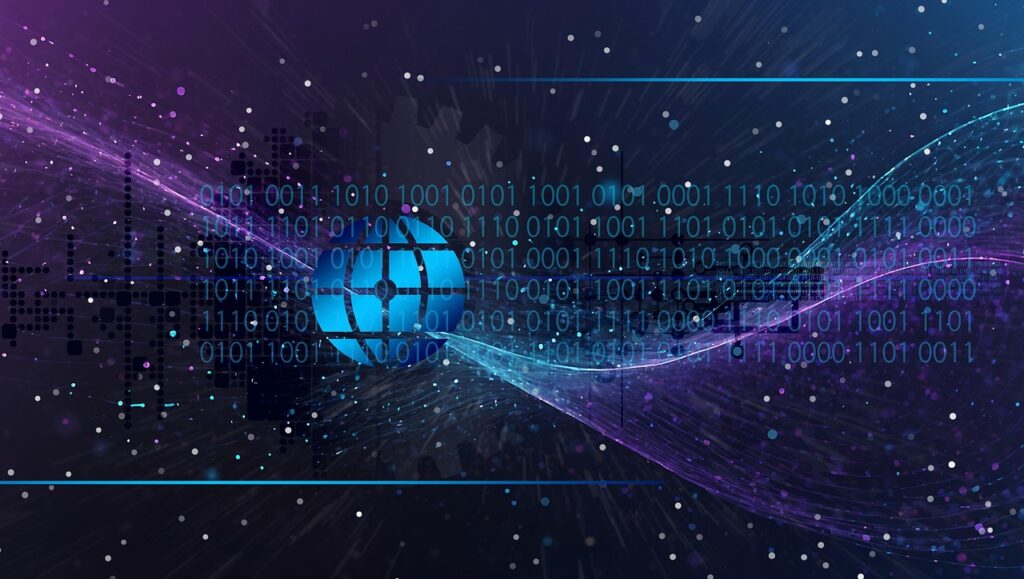
Discoveries of new superconductors with high transition temperatures have been a perpetual drive of condensed matter physics. In this talk, I attempt to give an overview on recent advances in this vibrant area, with some of own stories squeezed in. We start from predictive designs of freestanding or supported superconducting monolayers that may exhibit high-Tc superconductivity, as well as low-dimensional systems that display exotic Ising, chiral, or p-wave superconductivity. On the mechanistic side, I will demonstrate how plasmonic excitations or pronounced correlation effects can enhance the superconductivity of iron-based superconductors, and predict designer substrates that may optimize the strain in La3Ni2O7 thin films for maximally enhanced Tc.
“Epitaxial Large-gap topological insulator on semiconductor for seamless device integration” by Prof. Feng LIU on Thursday, November 6, 2025, 3:30pm Room 522, 5/F, Chong Yuet Ming Physics Building, HKU
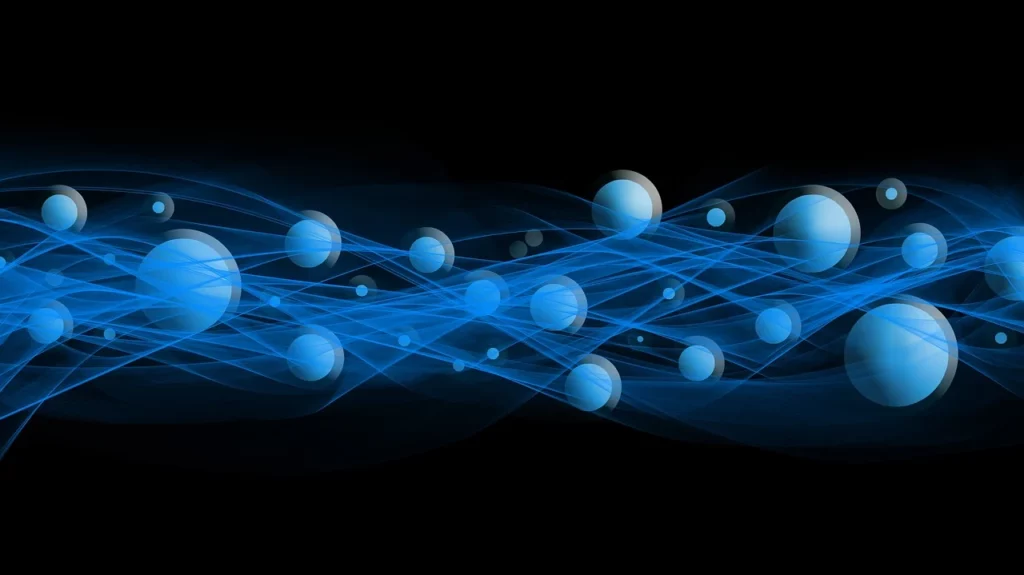
Significant advances have been made in fundamental research of topological insulators (TIs), yet their device applications remain elusive. We propose an approach towards seamless integration of two-dimensional (2D) TIs into semiconductor devices. Using first-principles calculations, we show that heteroepitaxially grown III-V semiconductor ultrathin films can self-convert into 2D TIs. Remarkably, on GaSb(111) monolayer GaAs1-xBix becomes universally a 2D TI at any alloy concentration, x, enabled by natural formation of semiconductor heterojunctions. For the GaAs-rich monolayer, having type-II (III) band alignment with GaSb, an intriguing interfacial band offset inversion emerges between surface Ga-s and substrate Sb-p bands; for the GaBi-rich monolayer, with type-I (I’) alignment, the conventional intra-surface band gap inversion arises between Ga-s and Bi-p bands. The lattice-matching epitaxy of GaAs0.25Bi0.75 alloy enables growth of thin-film 2D TIs with a gap up to ~330 meV. Our findings pave the way to engineering wafer-scale large-gap 2D TIs to potentially operate at room temperature.
Physics Colloquium: “Cold-atom quantum sensing via Bayesian quantum estimation” by Prof. Chaohong LEE on Wednesday, October 22, 2025, 10:30 am MWT2, G/F, Meng Wah Complex, HKU
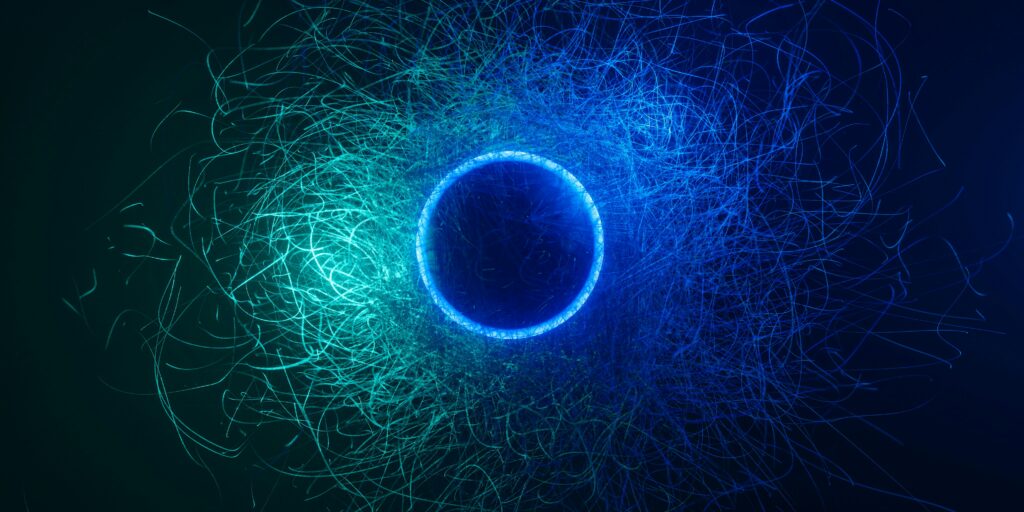
Quantum sensors based on frequentist interferometry face a trade off between
sensitivity and dynamic range Bayesian quantum estimation, combining Bayesian
statistics with quantum metrology, can surpass the limit of conventional frequentist measurements For cold atom CPT clocks, our adaptive Bayesian protocol achieves
Heisenberg limited sensitivity in integration time and improves fractional frequency
stability by 5 1 4 dB over conventional PID locking while enhancing robustness against
technical noise In CPT magnetometry, we optimize measurement sequences to
improve precision scaling from T 0 5 to T 0 85 Using Bayesian quantum estimation to
optimize the interferometry sequence, we yield a 145 6 nT dynamic range 14 6 dB
higher than frequentist counterpart of 5 0 nT) with a sensitivity of 6 8 0 1 pT/Hz¹ ² 3 3
dB improvement over the frequentist counterpart of 14 7 0 4 pT/Hz¹ ²) In addition to atomic clocks and magnetometers, this framework may bridge high sensitivity and broad dynamic range for other interferometry based quantum sensors.
CTCP Seminar “A 2D-CFT Factory: Critical Lattice Models from Competing Anyon Condensation in SymTO” by Prof. Yidun WAN | September 25, 2025, 4:30pm Room 522, 5/F, Chong Yuet Ming Physics Building
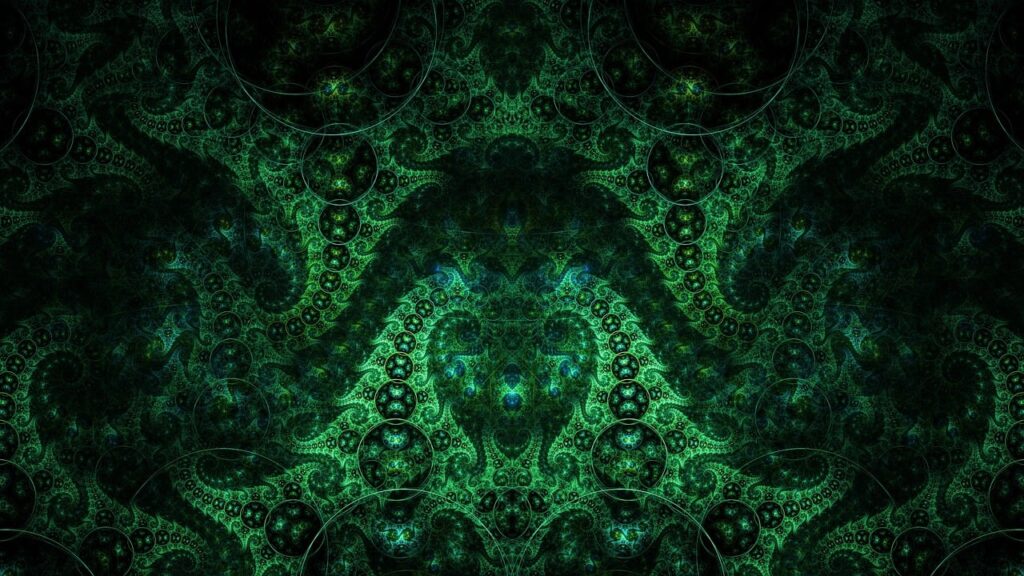
In this talk, we shall introduce a CFT factory – a novel algorithm of methodically generating 2D lattice models that would flow to conformal field theories (CFTs) in the infrared. We realise these models by engineering the boundary conditions of 3D topological orders (SymTOs) described by string-net models. The critical points are induced by a commensurate condensation of non-commuting anyons. Our structured method generates an infinite family of critical lattice models, including the A-series minimal models, and uncovers previously unknown critical points. Notably, we discover at least three novel CFTs (with central charge c around 1.3, 1.8, and 2.5) that preserves the Haagerup symmetries, in addition to recovering previously reported examples. The non-invertible symmetries preserved at these points are dictated by a novel “refined condensation tree”. The condensation trees predict large swathes of phase boundaries and sieves out second order phase transitions. This predictive power is illustrated not only in well-studied examples, such as the 8-vertex model associated with the A5 category, but also in new cases involving Haagerup symmetries, validated by an improved symmetry-preserving tensor-network renormalization group method. The critical couplings are precisely encoded in algebraic data (the Frobenius algebras and quantum dimensions of unitary fusion categories), thereby establishing a powerful and systematic route to the discovery and potential classification of new CFTs.
Joint Seminar: “Beyond Closed Wave Systems: Non-Hermiticity, Nonlinearity, and Casimir Effect” by Prof. Kun DING | Wednesday, August 20, 2025, 11:00am CYMP522
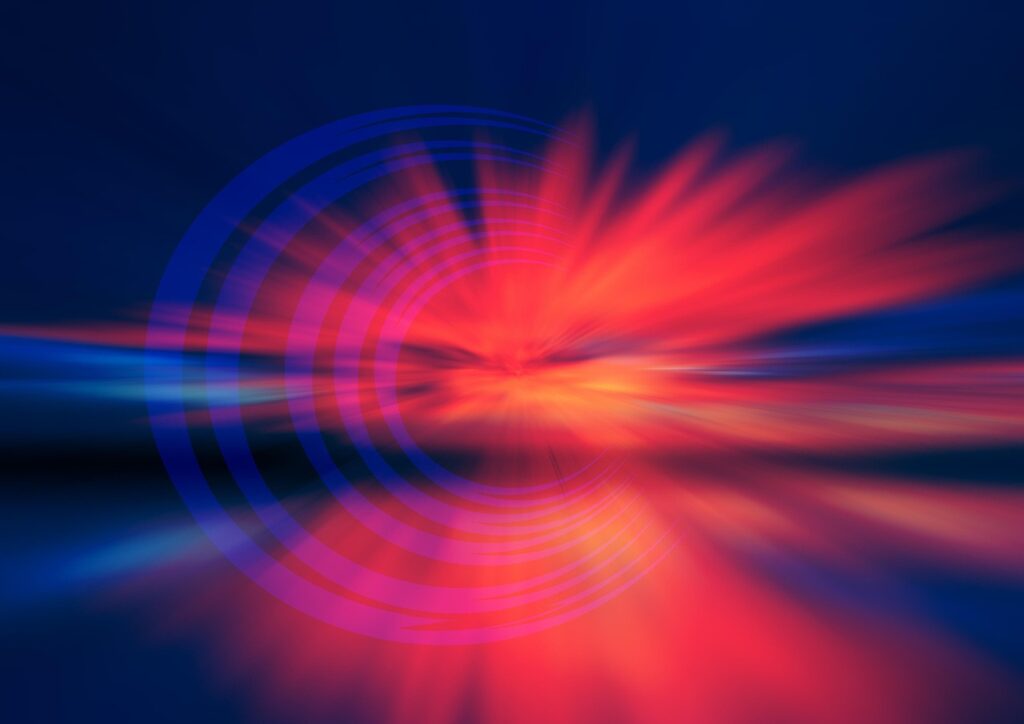
The classical wave system has demonstrated itself as an excellent platform to realize and
investigate novel phenomena and physics. The bedrock principle is to utilize the macroscopic
quantities obtained from the homogenization or mean-field treatment. However, it usually deals
with Hermitian problems and averages out fluctuations. Therefore, the presentation will cover two
topics: non-Hermitian physics and Casimir effect. The first part focuses on the impact of non
Hermitian ingredients on soliton formation and dynamics. By constructing a soliton phase diagram,
two distinct soliton phases and their transitions are identified. A Wannier-function-based nonlinear
Hamiltonian shows that soliton formation critically depends on how skin-mode localization and
band nonreciprocity suppress or enhance wave dispersion. Both soliton phases have been
demonstrated to be dynamically accessible from bulk and edge excitations. The second part
discusses the influence of the metal’s surface electrons on Casimir forces. A three-dimensional
frame transformation method has been established by embedding mesoscopic boundary conditions
of electromagnetic fields. We find that mesoscopic Casimir forces are sensitive to the surface
electron behavior, including spill-in and spill-out, as verified by the multiple scattering method and
proximity force approximation. The mechanism has finally been revealed as Casimir softening
distances rooted in quantum surface responses of electrons.
CTCP Seminar: “Testing Multipartite Nonlocality and Network Nonlocality Sharing” by Prof. Qing CHEN | Tuesday, June 17, 2025, 10:00am CYMP522

After a brief introduction to quantum nonlocality, we propose a set of conditions on the joint probabilities as a test of genuine multipartite nonlocality, and it turns out that all entangled symmetric multipartite qubit states pass this test. In the following we generalize this test to a family of Hardy-type tests, which can detect different degrees of nonlocality ranging from standard to genuine multipartite nonlocality. At last, we explore network nonlocality sharing in an n-branch generalized star network scenario with m observers in each branch and k settings per observer.